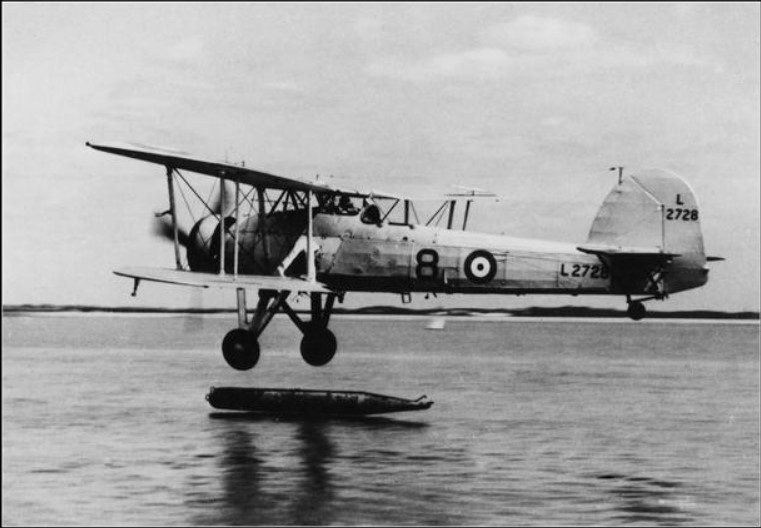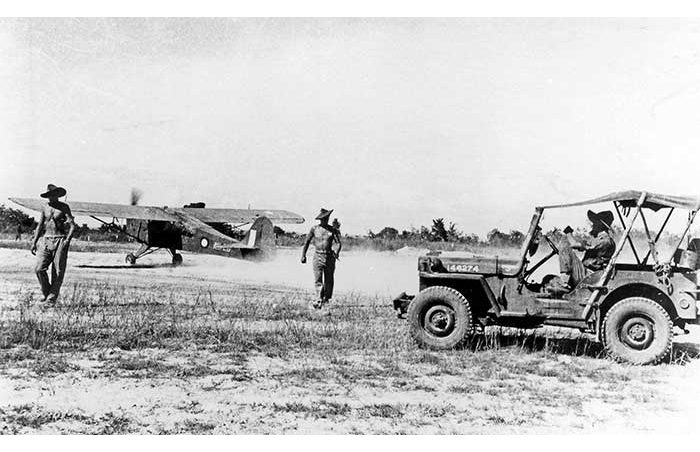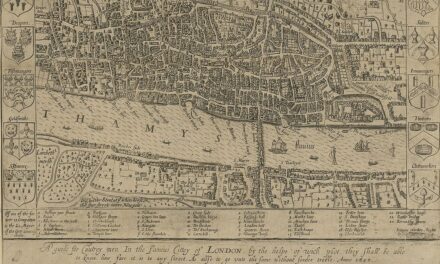History Guild General History Quiz 79
See how your history knowledge stacks up!
Want to know more about any of the questions? Once you’ve finished the quiz click here to learn more.
Have an idea for a question? Suggest it here and we’ll include it in a future quiz!
The stories behind the questions
1. Approximately when did the world population first exceed 1 billion?
1800 – World population in 1600 was around 500 million, in 1700 it was around 600 million, increasing to 1 billion in 1800. In 1900 it was around 1.6 billion, reaching 2 billion around 1925. The human race took around 300,000 years to reach a population of 1 billion, but only 125 years to add the next billion.
2. What was the name of the confederation of Native American nations across New York state that played a key part in the conflict between the French and British for control of North America?
Iroquis – The Iroquois or Haudenosaunee are an indigenous confederacy in northeast North America. They were known during the colonial years to the French as the Iroquois League, and later as the Iroquois Confederacy. The English called them the Five Nations, comprising the Mohawk, Oneida, Onondaga, Cayuga, and Seneca. During the course of the 17th century, the Iroquois had acquired a fearsome reputation among the Europeans, and it was the policy of the Six Nations to use this reputation to play off the French against the British.
3. How far did Ernest Shackleton sail a 20′ open lifeboat across the Southern Ocean to raise the alarm after his crew were stranded on an Antarctic island?
1300km – After their ship Endurance was crushed by sea ice Shackleton and his crew sailed their three lifeboats to Elephant Island, 550 km from where the Endurance sank. Elephant Island was an inhospitable place, far from any shipping routes. They were unlikely to be rescued from there. So Shackleton decided to risk an open-boat journey of 1300km to the South Georgia whaling stations, where he knew help was available.
After 15 days of sailing and exceptional navigation they sighted South Georgia. They had weathered a storm that had sunk a 500-ton steamer bound for South Georgia from Buenos Aires. They landed on the unoccupied southern shore. Rather than risk putting to sea again to reach the whaling stations on the northern coast, Shackleton decided to attempt a land crossing of the island.
Shackleton and two others travelled 51 km over extremely dangerous mountainous terrain for 36 hours to reach the whaling station at Stromness, equipped with nothing other than 50′ of rope and a carpenter’s adze.
4. In what year were pineapples introduced to Australia?
1826 – The Australian reported in 1826 that several pineapple plants from South America had been received into the Government garden. Pineapples were widespread in the tropics by that time. They were distributed by Spanish navigators after Colombus first encountered them in Guadeloupe in 1493.
5. Who said “In the first six to twelve months of a war with the United States and Great Britain I will run wild and win victory upon victory. But then, if the war continues after that, I have no expectation of success.”
Isoroku Yamamoto – Yamamoto opposed war against the United States, partly because of his studies at Harvard University in the 1920’s and his two postings as a naval attaché in Washington, D.C., where he learned to speak fluent English.
Nevertheless, Yamamoto accepted the reality of impending war and planned for a quick victory by destroying the United States Pacific Fleet at Pearl Harbor in a preventive strike, while simultaneously thrusting into the oil- and rubber-rich areas of Southeast Asia, especially the Dutch East Indies, Borneo, and Malaya.
On April 14, 1943, the United States naval intelligence effort, codenamed “Magic”, intercepted and decrypted a message containing specifics of Yamamoto’s arrival and departure times and locations for his tour of the Japanese fleet. Sixteen P-38s intercepted the flight over Bougainville, Yamamoto’s plane crashed into the jungle and he was killed.
6. Roman Latin evolved into the Romance languages of French, Spanish, Portuguese, Italian and which other language?
Romanian – Romania was part of the Roman empire, with Latin being the predominant language at that time. After the fall of the Roman empire this developed into Romanian. No Latin terms connected to an urbanized society have been preserved in the Romanian language. Inherited Romanian words for “road” also reveal that the life of the Romanians’ ancestors became more rural after the collapse of the empire, for instance, the Latin word for bridge pons developed into Romanian punte which refers to a tree trunk placed over a ditch or a ravine. The Romanian word for road cale developed from Latin callis ‘a narrow footpath, a track’.
7. Which city was the seat of Sri Lankan kings from the 15th century until their overthrow by British colonial forces in the 19th century?
Kandy – In 1592 Kandy became the capital city of the last remaining independent kingdom in the island after the coastal regions had been conquered by the Portuguese. Several invasions by the Portuguese were repelled. The British invaded in 1803 but were repulsed. In the Second Kandyan War of 1815, the British launched an invasion that met little resistance and captured the city. This was the first time Sri Lanka fully fell into the hands of a foreign power.
8. What type of aircraft is this?

Fairey Swordfish – A British biplane torpedo bomber, the Swordfish is most famous for it’s part in the pursuit and sinking of the German battleship Bismarck in 1941. They were also very important in the Mediterranean where they saw success in the 1940 Battle of Taranto. Swordfish damaged or sunk 3 Italian battleships, 2 cruisers and 2 destroyers. The Japanese naval attaché to Berlin visited Taranto to view the consequences of the attack, his information helped in the planning for the attack on Pearl Harbor.
9. What is the largest earthquake recorded on the Richter scale?
1960 Chilean Earthquake – The most powerful earthquake ever recorded, 9.5 on the moment magnitude scale. It occurred in the afternoon, and lasted for approximately 10 minutes. It left two million people homeless, injured at least 3,000, and killed approximately 1,655.
10. Which year saw the most Australian’s killed in war?
1917 – This year saw allied fortunes at their lowest ebb of WW1. It would also be the most stressful and costly year of the war for Australia. Australians would fight futilely at Bullecourt (twice), Messines, and in the three-month-long ordeal of the third battle of Ypres. By the year’s end, nearly as many Australians were to die in battle as had died in the war so far – almost 22,000. Read more about this here.





